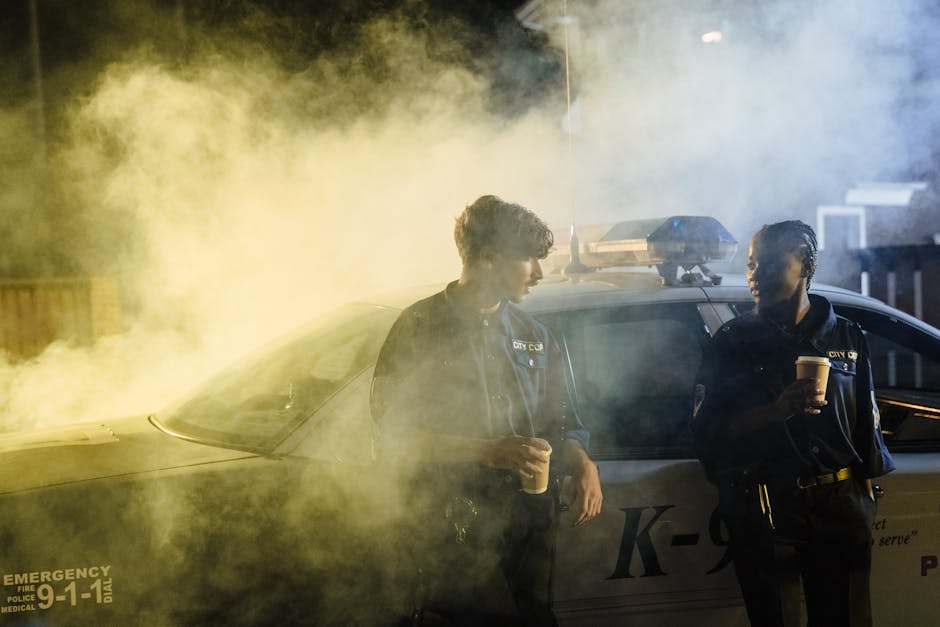It’s the kind of story perfectly engineered for social media outrage. A grainy video clip spreads across X, Instagram, and WhatsApp, its caption telling a story of karmic justice: a white woman, exhibiting classic “Karen” behavior, allegedly calls the police on a Black man in a park. The punchline? The man is Boston Police Commissioner Michael Cox.
The video went viral because it tapped into a familiar and painful narrative of racial profiling. It presented a satisfying, if infuriating, reversal of power that confirmed the bias many people have rightly come to expect. The irony of it happening to a city’s top cop felt too perfect to be anything but true.
But as is often the case with viral content that seems too perfect, the reality is far different. Before you share, here’s a breakdown of what the video actually shows.
What Really Happened with the Boston Police Chief?
The man in the video is, indeed, Boston Police Commissioner Michael Cox, and he was at a community event in a public park. However, the viral claim that a woman called the police on him is completely false.
According to an official statement from the Boston Police Department (BPD), Commissioner Cox was at the event when he noticed another man experiencing a medical and mental health crisis. Recognizing the man was in distress, it was Commissioner Cox himself who called for assistance from other officers and Emergency Medical Services (EMS) to get the individual professional help.
Who Was the Woman in the Video?
The woman seen in the video was simply a bystander at the park. She was not the person who initiated the police presence. The BPD’s statement clarified that her interaction was related to the ongoing medical emergency, not the cause of it. The narrative of a racist woman calling the cops was a complete fabrication, an assumption layered onto a video stripped of its original context.
Why Misinformation Like This Spreads So Quickly
This incident is a powerful case study in how misinformation thrives online. The clip visually matched a pre-existing and valid template of racial profiling incidents that have been widely publicized. Our brains are wired to recognize patterns, and this video looked like countless others we’ve seen.
The key ingredients for its virality were:
* Emotional Charge: The story provoked immediate outrage and a sense of injustice.
* Simple Narrative: A clear “good guy vs. bad guy” story is easier to digest than a nuanced one.
* Confirmation Bias: It reinforced a widely held and often true belief about societal injustice, making it easy to accept without question.
The real story—a police commissioner helping a man in crisis—is less sensational and more complex, making it harder to compete with the outrage-fueled lie.
The Takeaway: Pause Before You Share
In an era where algorithms reward engagement and speed trumps accuracy, the responsibility falls on us as users. The story of the “Karen” who called the cops on the police chief was compelling, but it was also false. The truth is a story about community, a man in crisis, and a commissioner acting to get him help.
The next time a video that seems too ironic or infuriating lands in your feed, take a moment. A quick search can be the difference between spreading a harmful lie and sharing the truth.




